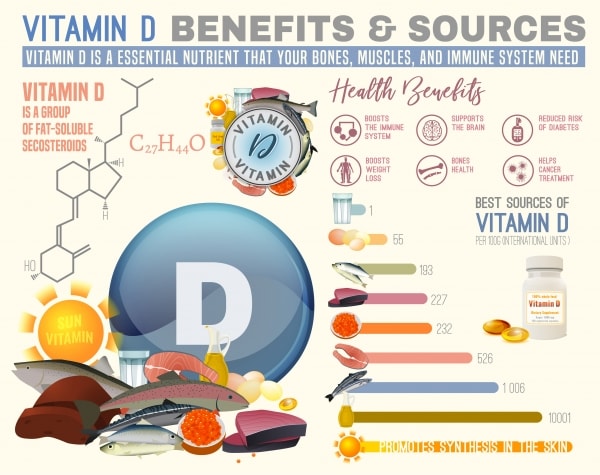Signs That Your Blood Sugar Has Bottomed Out
July 31, 2020
Signs That Your Blood Sugar Has Bottomed Out

If you are diabetic, it is important to keep your glucose level regulated to enjoy optimal health. There are obvious — and not so obvious — signs that your blood sugar has bottomed out. It is vital that you and your loved ones are able to recognize the signs so that you can get your glucose level back on an even keel.
What Is Too Low?
For many people, having a blood sugar level of 70 mg/dl can result in symptoms of hypoglycemia. In others, the optimal level may differ slightly. Your physician is the best source for deciding what your optimum glucose target should be.
Take note of how you feel whenever your glucose is low. Symptoms vary greatly with each individual, but knowing how you feel at these times will help you recognize the symptoms in the future. Discuss these symptoms with your loved ones so that they can recognize the signs even if you don’t.
Signs and Symptoms
Some symptoms that indicate your glucose is too low include:
- Being inexplicably nervous or anxious
- Feeling shaky
- You feel cold, chilled or have clammy skin
- Feeling irritable or more impatient than normal
- Feeling confused; if this escalates, it can result in delirium
- You experience a rapid heartbeat for no reason
- Feeling lightheaded or dizzy
- Feeling hungry and nauseous
- Feeling unusually sleepy for no apparent reason
- You experience blurred or impaired vision
- Your lips or tongue feel numb or tingly
- You have a nagging headache
- You feel weak or extremely tired for no reason
- You feel abnormally angry, sad or stubborn
- Lack of coordination makes you fall, drop things or be unusually clumsy
- You experience nightmares or cry in your sleep
Taking Action
When experiencing signs of hypoglycemia, check your blood sugar level right away. If you can’t, treat the hypoglycemia. Neglecting to do so can result in an accident or an injury, or even lead to coma or death. Be sure to have glucose tablets with you at all times.
Snacks that help restore your blood glucose level to a normal level include a couple of tablespoons of raisins, or a tablespoon of corn syrup, honey or even granulated sugar. Drink about 4 ounces of juice or a regular soda. Jellybeans, gumdrops or hard candy can also help restore your blood sugar, but don’t consume too many.
If your blood sugar doesn’t return to normal after about 15 minutes, take more glucose tablets or eat another snack. Make sure that your family, close friends and co-workers know that if you lose consciousness or have a seizure, it’s vital for them to call an ambulance or transport you to the ER right away.
Search The Blog
Archives


